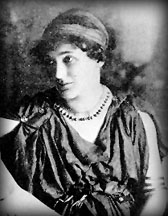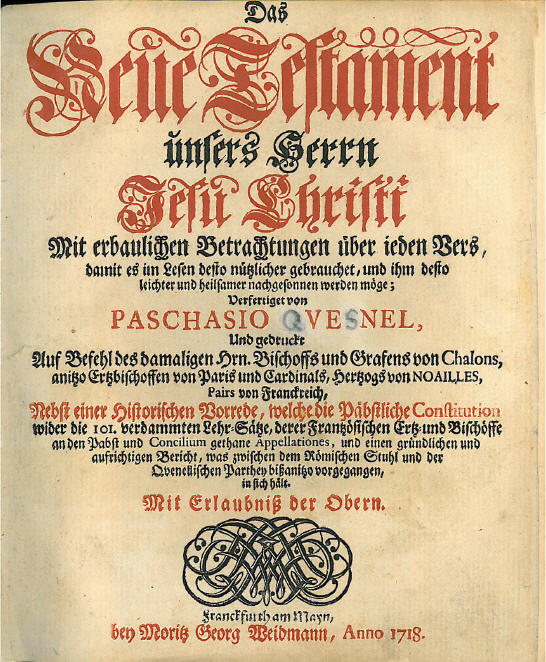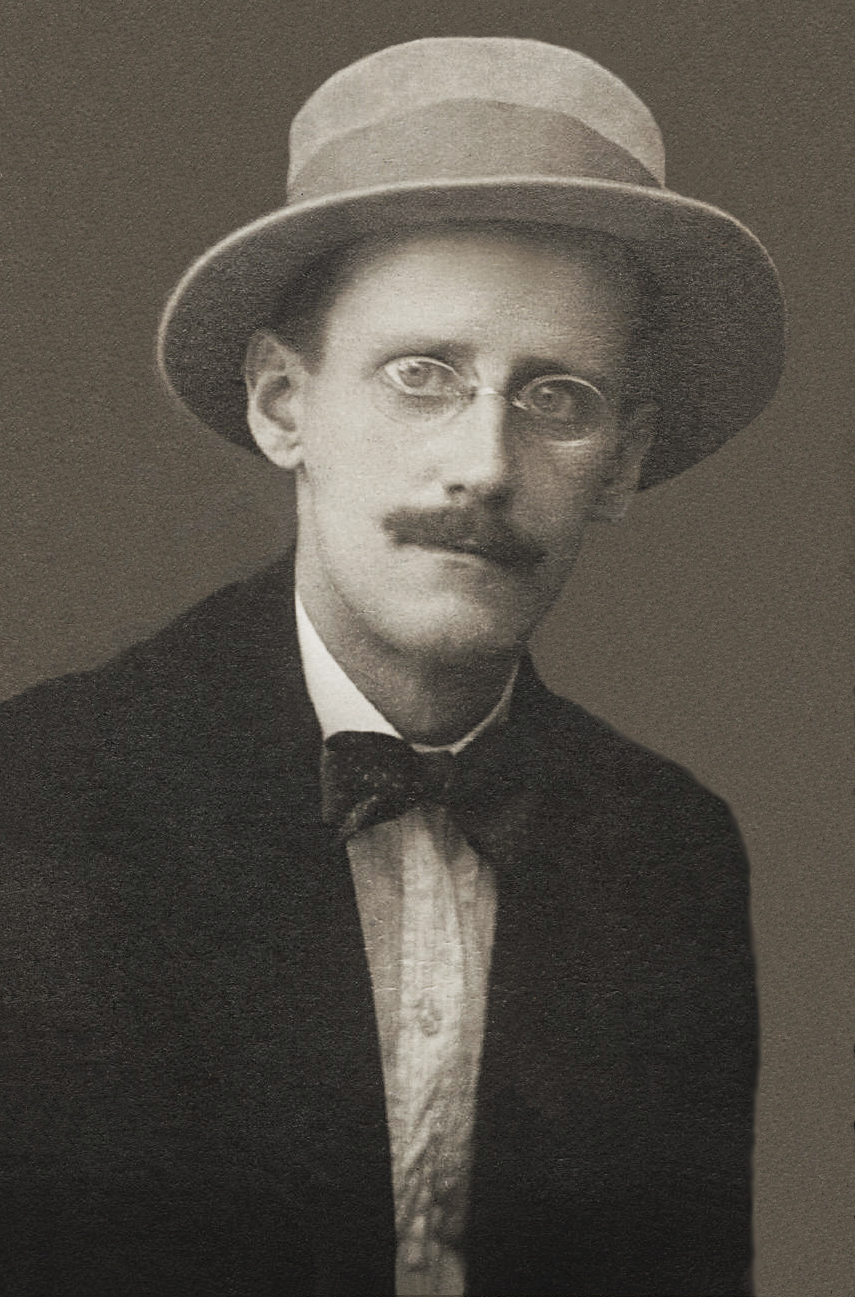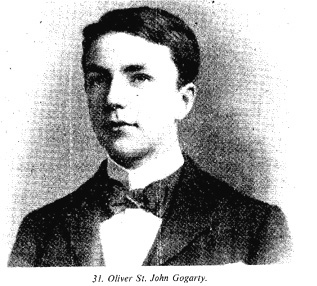|
The Countess Cathleen
''The Countess Cathleen'' is a verse drama by William Butler Yeats in blank verse (with some lyrics). It was dedicated to Maud Gonne, the object of his affections for many years. Editions and revisions The play was first published in 1892 in ''The Countess Kathleen and Various Legends and Lyrics'' (the spelling was changed to "Cathleen" in all future editions). Its text underwent many changes until the final version performed in 1911 and published in 1912 ("a complete revision to make it suitable for performance at the Abbey Theatre" and "all but a new play", according to Yeats). The variorum editor, Russell K. Alspach, remarks, "The revision for the second printing, ''Poems'' (1895), was so drastic that intelligible collation was virtually impossible." The tendency of Yeats's changes between 1892 and 1911 has been summarized as a move "decidedly away from an almost farcical realism and tentatively toward the austere, suggestive mode of the dance plays." Synopsis The play is ... [...More Info...] [...Related Items...] OR: [Wikipedia] [Google] [Baidu] |
Verse Drama
Verse drama is any drama written significantly in verse (that is: with line endings) to be performed by an actor before an audience. Although verse drama does not need to be ''primarily'' in verse to be considered verse drama, significant portions of the play should be in verse to qualify. For a very long period, verse drama was the dominant form of drama in Europe (and was also important in non-European cultures). Greek tragedy and Racine's plays are written in verse, as is almost all of William Shakespeare's, Ben Jonson's and John Fletcher's drama, and other works like Goethe's ''Faust'' and Henrik Ibsen's early plays. In most of Europe, verse drama has remained a prominent art form, while at least popularly, it has been tied almost exclusively to Shakespeare in the English tradition. In the English language, verse has continued. In the new millennium, there has been a resurgence in interest in the form of verse drama. Some of them came in blank verse or iambic pentameter an ... [...More Info...] [...Related Items...] OR: [Wikipedia] [Google] [Baidu] |
Pimlico (publishing Imprint)
Random House is an American book publisher and the largest general-interest paperback publisher in the world. The company has several independently managed subsidiaries around the world. It is part of Penguin Random House, which is owned by German media conglomerate Bertelsmann. History Random House was founded in 1927 by Bennett Cerf and Donald Klopfer, two years after they acquired the Modern Library imprint from publisher Horace Liveright, which reprints classic works of literature. Cerf is quoted as saying, "We just said we were going to publish a few books on the side at random," which suggested the name Random House. In 1934 they published the first authorized edition of James Joyce's novel '' Ulysses'' in the Anglophone world. ''Ulysses'' transformed Random House into a formidable publisher over the next two decades. In 1936, it absorbed the firm of Smith and Haas—Robert Haas became the third partner until retiring and selling his share back to Cerf and Klopfer in ... [...More Info...] [...Related Items...] OR: [Wikipedia] [Google] [Baidu] |
Opera
Opera is a form of theatre in which music is a fundamental component and dramatic roles are taken by singers. Such a "work" (the literal translation of the Italian word "opera") is typically a collaboration between a composer and a librettist and incorporates a number of the performing arts, such as acting, scenery, costume, and sometimes dance or ballet. The performance is typically given in an opera house, accompanied by an orchestra or smaller musical ensemble, which since the early 19th century has been led by a conductor. Although musical theatre is closely related to opera, the two are considered to be distinct from one another. Opera is a key part of the Western classical music tradition. Originally understood as an entirely sung piece, in contrast to a play with songs, opera has come to include numerous genres, including some that include spoken dialogue such as '' Singspiel'' and '' Opéra comique''. In traditional number opera, singers employ two styles of ... [...More Info...] [...Related Items...] OR: [Wikipedia] [Google] [Baidu] |
Libretto
A libretto (Italian for "booklet") is the text used in, or intended for, an extended musical work such as an opera, operetta, masque, oratorio, cantata or Musical theatre, musical. The term ''libretto'' is also sometimes used to refer to the text of major liturgical works, such as the Mass (liturgy), Mass, requiem and sacred cantata, or the story line of a ballet. ''Libretto'' (; plural ''libretti'' ), from Italian, is the diminutive of the word ''wiktionary:libro#Italian, libro'' ("book"). Sometimes other-language equivalents are used for libretti in that language, ''livret'' for French works, ''Textbuch'' for German and ''libreto'' for Spanish. A libretto is distinct from a synopsis or scenario of the plot, in that the libretto contains all the words and stage directions, while a synopsis summarizes the plot. Some ballet historians also use the word ''libretto'' to refer to the 15 to 40 page books which were on sale to 19th century ballet audiences in Paris and contained a ve ... [...More Info...] [...Related Items...] OR: [Wikipedia] [Google] [Baidu] |
Werner Egk
Werner Egk (, 17 May 1901 – 10 July 1983), born Werner Joseph Mayer, was a German composer. Early career He was born in the Swabian town of Auchsesheim, today part of Donauwörth, Germany. His family, of Catholic peasant stock, moved to Augsburg when Egk was six. He studied at a Benedictine Gymnasium (academic high school) and entered the municipal conservatory. Egk demonstrated talents as a composer, graphic artist, and writer, and he moved first to Frankfurt to improve his piano talents and then, in 1921, to Munich. There, working as a theater composer and playing in the pit, he married Elizabeth Karl, a violinist. He derived his pen name "Egk" from his wife's initials: ''Elisabeth, Karl'' (Elisabeth, née Karl). His only son, Titus, was born in 1924. Egk moved to Berlin in 1928, meeting composers Arnold Schoenberg and Hanns Eisler. He intended to become a cinema composer and accompanied silent films. When radio broadcasting became available to the public, Egk immediate ... [...More Info...] [...Related Items...] OR: [Wikipedia] [Google] [Baidu] |
Weidmannsche Buchhandlung
Weidmannsche Buchhandlung is a German book publisher established in 1680 that remained independent until it was acquired by Verlag Georg Olms in 1983. History Weidmannsche Buchhandlung was established in 1680 in Frankfurt by Moritz Georg Weidmann (1658-1693), who moved to Leipzig in 1681. Johann Ludwig Gleditsch, brother of Johann Friedrich Gleditsch, married Weidmann's widow in 1694 and built up the business of the house, while training the younger Moritz Georg Weidmann (1686 - 1743) to take over the business. Gleditsch published authors such as Wieland, Gellert, Lessing, Lavater and Heyne. The most significant achievement of the Gleditsch brothers was to persuade the leading Dutch booksellers to send their works to the Leipzig fair instead of to Frankfurt. Weidmannsche Buchhandlung continued to publish in Leipzig until 1854, reaching its height under Philipp Erasmus Reich, called the "nation's bookseller". The firm moved to Berlin in 1854, and continued publishing in Berl ... [...More Info...] [...Related Items...] OR: [Wikipedia] [Google] [Baidu] |
Frederick Sefton Delmer
Frederick Sefton Delmer (24 October 1864 – 7 April 1931) was an Australian linguistics university lecturer and journalist. Life He was born in Battery Point, Tasmania, to James Delmer (1837–1914) and Margaret Sefton Burgess (1837–1886). Delmer studied at Trinity College of the University of Melbourne and continued his studies in Europe, where he made the acquaintance of Herman Grimm, son of Wilhelm Grimm. After his return to Australia, he was a teacher in 1896, but also wrote travel reports. He soon returned to Europe where he became a lecturer at the University of Königsberg in 1900 and, from 1901 to 1914, he was a lecturer at the Friedrich-Wilhelms-Universität in Berlin. He married Isabella Mabel Hook (1879–1938) in 1901. They had a son, Sefton Delmer, and a daughter, Margaret Mabel Sefton Delmer (1905–1990). In 1910, he published the book ''English Literature from Beowulf to Bernard Shaw'', which was, for decades, a standard work for English lessons in German sc ... [...More Info...] [...Related Items...] OR: [Wikipedia] [Google] [Baidu] |
A Portrait Of The Artist As A Young Man
''A Portrait of the Artist as a Young Man'' is the first novel of Irish writer James Joyce. A ''Künstlerroman'' written in a modernist style, it traces the religious and intellectual awakening of young Stephen Dedalus, Joyce's fictional alter ego, whose surname alludes to Daedalus, Greek mythology's consummate craftsman. Stephen questions and rebels against the Catholic and Irish conventions under which he has grown, culminating in his self-exile from Ireland to Europe. The work uses techniques that Joyce developed more fully in ''Ulysses (novel), Ulysses'' (1922) and ''Finnegans Wake'' (1939). ''A Portrait'' began life in 1904 as ''Stephen Hero''—a projected 63-chapter autobiographical novel in a realistic style. After 25 chapters, Joyce abandoned ''Stephen Hero'' in 1907 and set to reworking its themes and protagonist into a condensed five-chapter novel, dispensing with strict realism and making extensive use of free indirect speech that allows the reader to peer into St ... [...More Info...] [...Related Items...] OR: [Wikipedia] [Google] [Baidu] |
Stephen Dedalus
Stephen Dedalus is James Joyce's literary alter ego, appearing as the protagonist and antihero of his first, semi-autobiographic novel of artistic existence ''A Portrait of the Artist as a Young Man'' (1916) and an important character in Joyce's 1922 novel ''Ulysses''. In ''Stephen Hero'', an early version of what became ''Portrait'', Stephen's surname is spelled "Daedalus" in more precise allusion to Daedalus, the architect in Greek myth who was contracted by King Minos to build the Labyrinth in which he would imprison his wife's son the Minotaur.Ovid, in his ''Metamorphoses'', suggests that Daedalus constructed the Labyrinth so cunningly that he himself could barely escape it after he built it. Buck Mulligan makes reference to the mythic namesake in ''Ulysses'', telling Stephen, "Your absurd name, an ancient Greek!" In revising the mammoth ''Stephen Hero'' into the considerably more compact ''Portrait of the Artist as a Young Man'', Joyce shortened the name to "Dedalus". Fi ... [...More Info...] [...Related Items...] OR: [Wikipedia] [Google] [Baidu] |
Buck Mulligan
Malachi Roland St. John "Buck" Mulligan is a fictional character in James Joyce's 1922 novel '' Ulysses''. He appears most prominently in episode 1 ''(Telemachus)'', and is the subject of the novel's famous first sentence: "Stately, plump Buck Mulligan came from the stairhead, bearing a bowl of lather on which a mirror and a razor lay crossed." Characteristics Physical appearance Buck Mulligan is described as having a "face... equine in its length", a "sullen oval jowl",''Ulysses'', p. 3 a "strong wellknit trunk",''Ulysses'', p. 6 "light untonsured hair, grained and hued like pale oak", "even white teeth", and "smokeblue mobile eyes." He begins the morning in a yellow dressing-gown; later he dons a distinctive primrose waistcoat and Panama hat. His facial expressions often shift rapidly, and he is prone to sudden, energetic movements. Personality Mulligan is a medical student with a cynical view of the human condition, which he describes as "a mockery and beastly". Paradoxica ... [...More Info...] [...Related Items...] OR: [Wikipedia] [Google] [Baidu] |
Ulysses (novel)
''Ulysses'' is a modernist novel by Irish writer James Joyce. Parts of it were first serialized in the American journal ''The Little Review'' from March 1918 to December 1920, and the entire work was published in Paris by Sylvia Beach on 2 February 1922, Joyce's 40th birthday. It is considered one of the most important works of modernist literature and has been called "a demonstration and summation of the entire movement." According to Declan Kiberd, "Before Joyce, no writer of fiction had so foregrounded the process of thinking". ''Ulysses'' chronicles the appointments and encounters of the itinerant Leopold Bloom in Dublin in the course of an ordinary day, 16 June 1904. Ulysses is the Latinised name of Odysseus, the hero of Homer's epic poem the ''Odyssey'', and the novel establishes a series of parallels between the poem and the novel, with structural correspondences between the characters and experiences of Bloom and Odysseus, Molly Bloom and Penelope, and Stephen Dedalus ... [...More Info...] [...Related Items...] OR: [Wikipedia] [Google] [Baidu] |
Stanislaus Joyce
John Stanislaus Joyce (December 17, 1884 – June 16, 1955) was an Irish teacher, scholar, diarist and writer who lived for many years in Trieste. He was the younger brother of James Joyce. He was generally known as Stanislaus Joyce to distinguish him from his father, who shared the same name. Early life Born in County Dublin, Stanislaus was considered a " whetstone" by his more famous brother, who shared his ideas and his books with him. He was three years younger than James, and a constant boyhood companion. Stanislaus rebelled against his native Ireland as his brother had done, and, in 1905, he joined James's household in Trieste on Via Caterina, 1. Career Joyce worked as an English-language teacher in the Berlitz School alongside his brother. In 1903, he had already begun to keep a diary that recorded his own thoughts on philosophical and literary matter as well as those of his brother; he later resumed this diary in Trieste. This ''Book of Days'', as he called it, sheds ligh ... [...More Info...] [...Related Items...] OR: [Wikipedia] [Google] [Baidu] |



.jpg)



